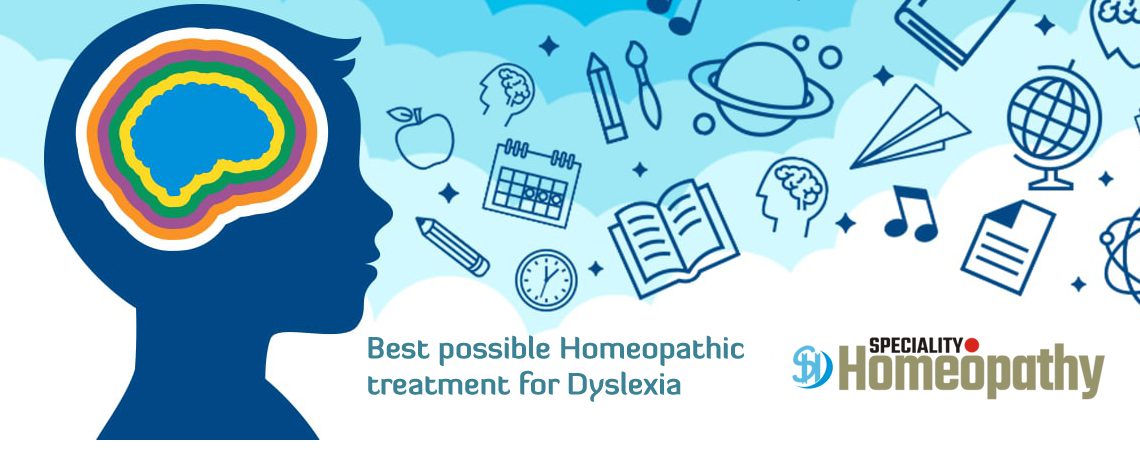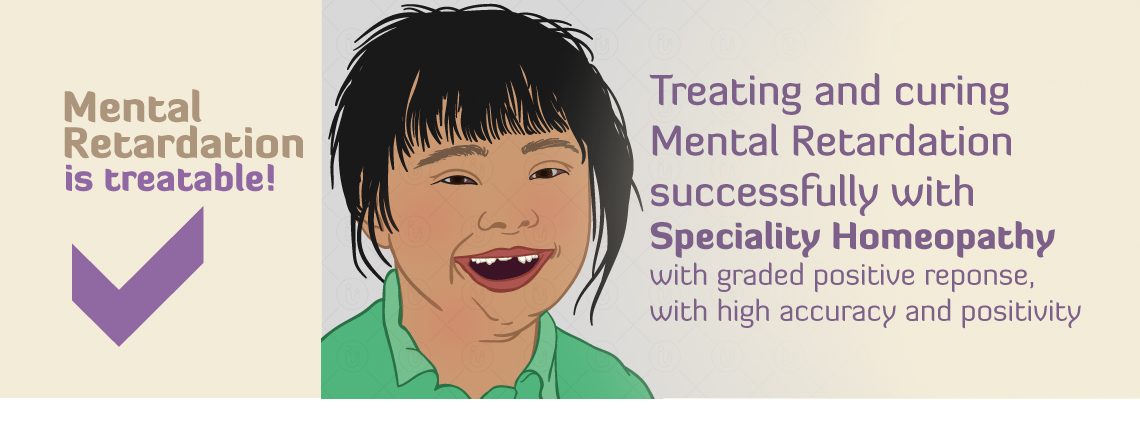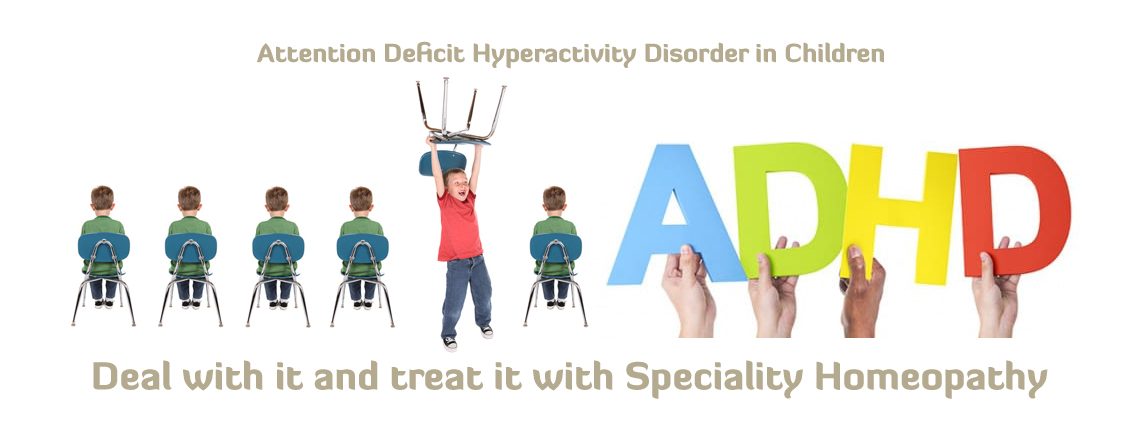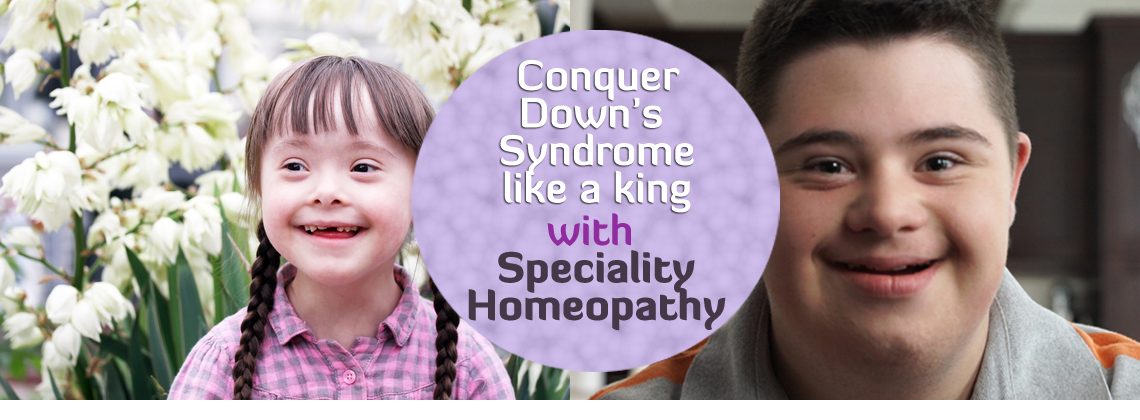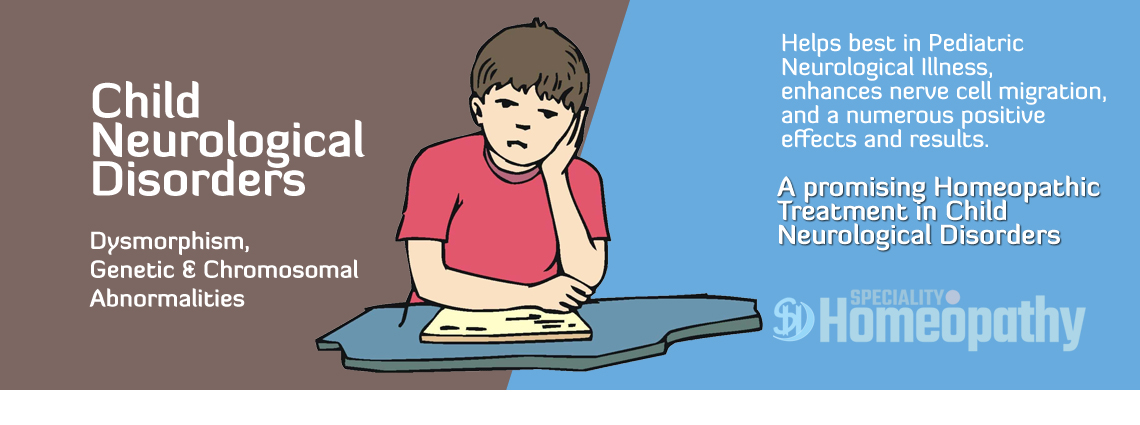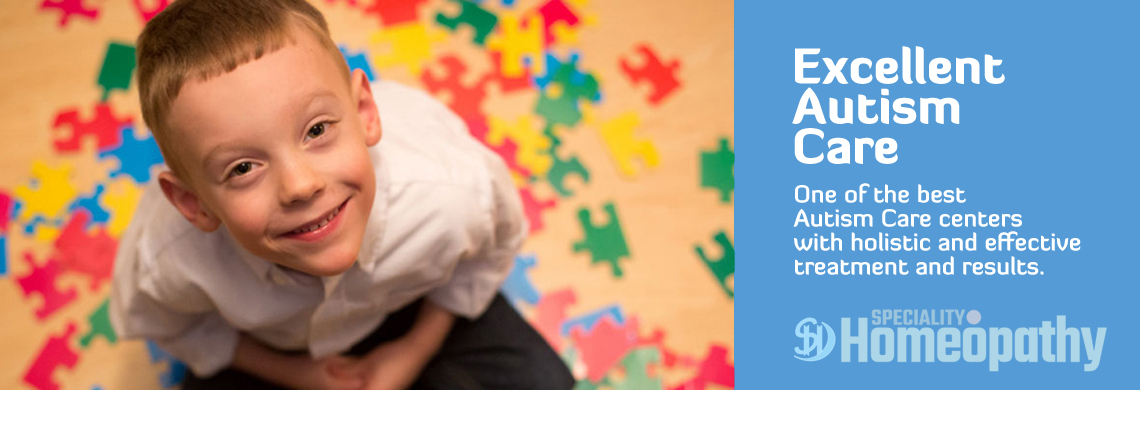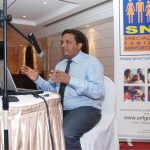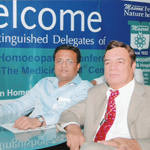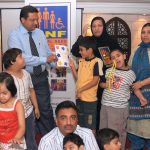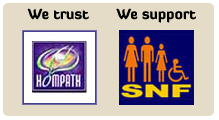Autism is a severe handicapping developmental disorder, which is diagnosed at birth or within the first 1.5 to 2.5 years of life. It is characterized by impairment in social skills, absent/impaired speech development, repetitive and/or stereotyped activities and interest, especially in inanimate objects. The symptomatology of ASD suggests involvement of neurological, endocrinal and gastrointestinal system.
Earlier, autism existed in about 5 children per 10,000 live births. However, since the early 1990’s, the rate of autism has increased enormously throughout the world with figures as high as 60 per 10,000 being reported. According to Centers for Disease Control and Prevention (CDC), about 1 in 59 children has been identified with Autism Spectrum Disorder (ASD) which is consistent with estimates from CDC’s Autism and Developmental Disabilities Monitoring (ADDM) Network.
The debate is ongoing for the reasons of increase in autism cases.
But, the most probable cause appears to be genetics and environmental
factors. The other precipitating factors include over-vaccinations of
infants, Lyme disease, high testosterone level in child, Leaky Gut
Syndrome, chronic inflammation of brain cells (Neurons), neuronal auto
antibodies, poor neuro-immunity, heavy metal toxins, fungus/yeast,
active TORCH infection to mother during pregnancy, hypothyroidism, IUI
& IVF baby, Hypoxia to child and associated seizures.
The majority of autistic children appear perfectly normal, but they
spend most of their time in puzzling and disturbing behaviors, which are
markedly different from those of normal children. They may stare into
space for hours, throw uncontrollable tantrums, show no interest in
people (including their parents), do repetitive activities with no
apparent purpose. They have been described as living in a world of their
own.
All these are abnormalities of communication, abnormalities of social
development, and a restriction of behavior and interest. Of these, the
abnormalities of social development are the most specific to autism.
These and other features will be described in detail.
Autistic aloneness is an abnormality of social development in which the child is unable to make warm, emotional relationships with people. Autistic children do not respond to their relationships with people including their parent’s affectionate behavior of smiling or cuddling. Instead, they appear to dislike being picked up or kissed. They even acknowledge their parenting just a similar way to any stranger as well as they do not show interest in siblings or other children. There is minor difference in their behavior towards people and inanimate objects. The characteristic sign is Gaze-avoidance that is the absence of eye-to eye contact.
Apart from diagnosing autism, assessment from the specialist of
medical fraternity is must. The following additional factors need to be
considered :
- Cognitive level
- Language ability
- Communication skill, social skill and play, repetitive or other abnormal behavior
- Stage of social development in relation to age, mental age and stage of language development.
- Associated medical conditions like genetic & metabolic neuropathies and mitochondrial disorders.
- Psychosocial factors.
Treatment
Homeopathy have the most promising treatment for Autism Spectrum
Disorder. Children up to 6 years start improving within first 120 days
of homeopathic medication. After completion of 120 days of medicine,
child shows improvement every 45 to 60 days. Total treatment time
depends upon severity of illness or age of child. However, it may vary
from total of 26 to 32 months of treatment. If a child shows no signs of
improvement after 120 days of medication, then various other
pathologies like Genetic & Metabolic
neuropathies and or mitochondrial disorders should be suspected. Before
starting the treatment, evaluation by child psychiatrist or neurologist
is must. This should be also done at regular intervalsduring treatment
to assess the improvement.
Homoeopathic medicine offers medicine to neutralize heavy metals, Anti Lyme Disease Treatment, Clears Neuronal Auto Antibodies, Neuro immunity Enhancer, Clears the micro toxins and biotoxins produced by Mold, Removes Brain Cells ( Neurons ) Inflammations, corrects the symptoms of Mal Absorption from Gut ( Leaky Gut Syndrome ), Controls Hyperactivity, Reduces Monotonous Activity and / or Repetitive Behavior, Enhance Cognition Development and Speech development, also corrects the endocrine imbalance by correcting high testosterone hormone.
Treatment has three aspects: management of the abnormal behavior,
arrangements for social and educational services, and help for the
family.
Homeopathic Medicine along with Diet control and Exercise adds speedy recovery in Autism.
Behavioral method using contingency management.
Age Factor & Treatment
Each child, young and adult with autism is unique and, so, in each
case you have to decide treatment plan according to intensity of
symptoms, age and their associated complains such as more symptoms of GI
Leaky Gut Syndrome, Lyme Disease, Hormonal imbalance, Seizures, Sleep
disorders, Learning Difficulties. Homeopathy treatment is different in
each age group, associated complains and the symptomatology of child
during first consultation with Physician, response to treatment after
120 days of medicines.
The family of an autistic child needs considered help to cope with the child’s behavior. Which is often bewildering and distressing.
Between 10 and 20 per cent of children with childhood autism begin improving between the ages of about four and six years and are eventually able to attend an ordinary school and obtain work. Early intervention is your child’s best hope for the recovery, total treatment time, future, improving the core behavioral symptoms of autism will give your child all best possible advantages.
I have observed in my practice that 10% of children diagnosed with ASD / PDD NOS don’t respond to any of the therapy ( PROBIOTICS, PREBIOTICS, AYURVEDA, UNANI, BIO MEDICAL SUPLEMENTS, OT, ABA and TEAACH etc….) and medicine. If the child has either Genetic or Metabolic Neuropathy and or mitochondrial disorders, than no improvement would be seen by giving medicines to the child.
There is big debate over role of Sequential Homeopathy
verses Classical Homeopathy for treatment of Autism, both the therapies
work but it depends on Physician’s experience. One can achieve time
bound improvement in children with Homeopathy.
